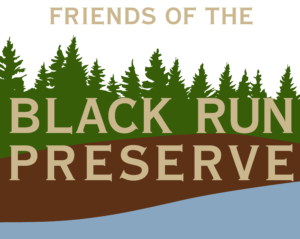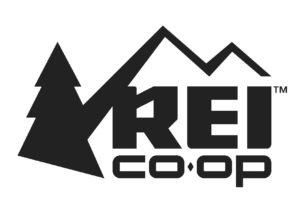The Black Run Preserve and associated watershed is home to an amazing variety of plants and animals. Check out the Evesham Environmental Resource Inventory for more information about the natural resources in Evesham Township. You can also learn more about the ecology of the Pinelands by visiting the Pinelands Preservation Alliance and the Pinelands National Reserve.
Why Protect Black Run Preserve
Developed land directly leads to the degradation of water and habitat quality. The Black Run watershed will only remain pristine if the headwaters area is protected from excessive development. State scientists have determined that the Black Run watershed can tolerate some additional housing development, but not too much, without suffering significant harm.
Save The Plants & Wildlife
So if the headwaters area is developed as current zoning permits, Evesham will lose several hundred acres of surviving forest, and the development will pollute the streams _flowing through the Black Run Preserve and irreparably degrade the Preserve as habitat for Pinelands plants and wildlife. For more information about the area see the Southern Evesham Medford Sub Plan prepared by the Pinelands Commission.
This Eastern Box Turtle was spotted along the Red Trail in the Black Run Preserve in late October 2013.
Box Turtles are known for their ability to hide in their shells, closing the doors to all threats. New Jersey has only one species of Box Turtle, the Eastern Box Turtle (Terrapene carolina carolina).
Where to find them: The Eastern Box Turtle is our most terrestrial species. It prefers woods and meadows. In hot, dry weather it may be found in muddy areas or shallow pools, or hiding under rotten logs or other decaying vegetation. Size: 4″ to 8.5″
Because the Eastern Box Turtle population in New Jersey has been declining, the NJ Division of Fish and Wildlife has listed them as a Species of Special Concern.
Threatened and endangered animal species in New Jersey include:
- Barred owl (Strix varia)
- Eastern Mud Salamander (Pseudotriton montanus)
- Northern pine snake (Pituophis melanoleucus)
- Pine Barrens tree frog (Hyla andersonii)
- Red-headed woodpecker (Melanerpeserythrocephalus)
- Cooper’s hawk (Accipiter cooperii) – threatened, breeding only
- Bobolink (Dolichonyx oryzivorus) – threatened, breeding only
- Triangle floater (Alasmidonta undulata)
Animal species listed as “endangered”:
- Timber rattlesnake (Crotalus horridus)
- Red-shouldered hawk (Buteo lineatus), endangered for breeding/threatened for non-breeding
- Bog turtle (Glyptemys muhlenbergi)
Rare and endangered plants in the watershed include:
Fly Poison Amianthium muscitoxicum
Eastern Silvery AsterAster concolor
Pine Barren Reedgrass Calamovilfa brevipilis
Narrow-leaf Fireweed Epilobium angustifolium
Pine Barren Boneset Eupatorium resinosum
SouthernTwayblade Listera australis
Sundial Lupine Lupinus perennis var. perennis
Northern Bog Club-moss Lycopodiella inundata
Climbing Fern Lygodium palmatum
Pine Barren Smoke Grass Muhlenbergia torreyana
American Mistletoe Phoradendron leucarpum
Maryland Milkwort Polygala mariana
Racemed Milkwort Polygala polygama
Algae-like Pondweed Potamogeton confervoides
Slender Horned-rush Rhynchospora inundata
Pale Beakedrushbn Rhynchospora pallida
Southern Arrowhead Sagittaria australis
Long’s Woolgrass Scirpus longii
Slender Nutrush Scleria minor
Two-flower Bladderwort Utricularia biflora
Purple Bladderwort Utricularia purpurea



